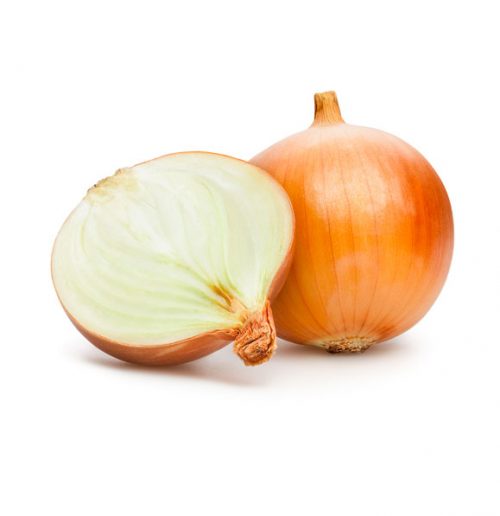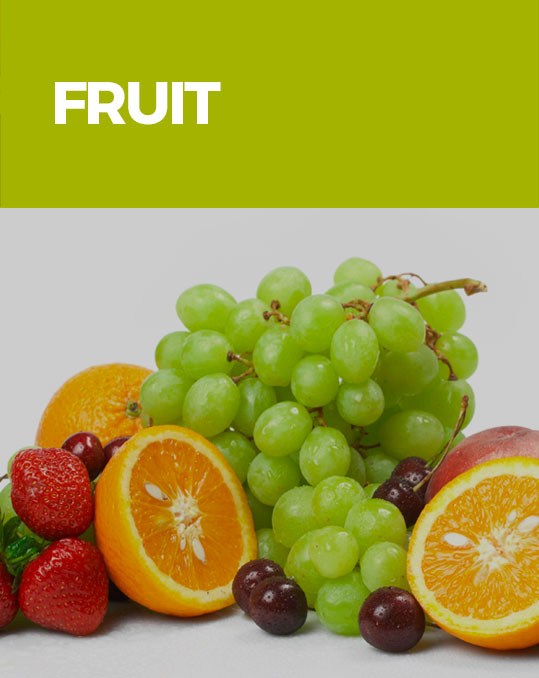| JAN | FEB | MAR | APR | MAY | JUN | JUL | AUG | SEP | OCT | NOV | DEC | |
| Yellow onions | ||||||||||||
| Red onions | ||||||||||||
| White onions |
Onions
Onions
This herbaceous biennial crop does not require much water and heat; it is suitable for warm, temperate and cool environments. It grows in medium-textured soil with a low acidity and salinity content that is well-drained and rich in organic substances. The bulb is characterised by its round shape or slightly elongated top, with silver-white outer skins and decidedly fleshy white inner skins. Red onions have an elongated round bulb and deep red outer skins.
The production of onions in the Naturitalia system includes the best produce from one of the finest growing regions in Italy, the Bologna Plains. The vast range includes red, white and yellow onions, offering the best solutions for various market and consumer needs in terms of product selection and quality.
- Jan
- Feb
- Mar
- Apr
- May
- Jun
- Jul
- Aug
- Sep
- Oct
- Nov
- Dec
Production
ITALY
- Emilia Romagna
Certifications
- GlobalGap
- ISO 9001:2000
Quality Labels
- Naturitalia
- Cipolla di Medicina
Technique
Integrated Pest Management Production




